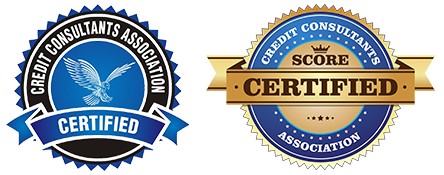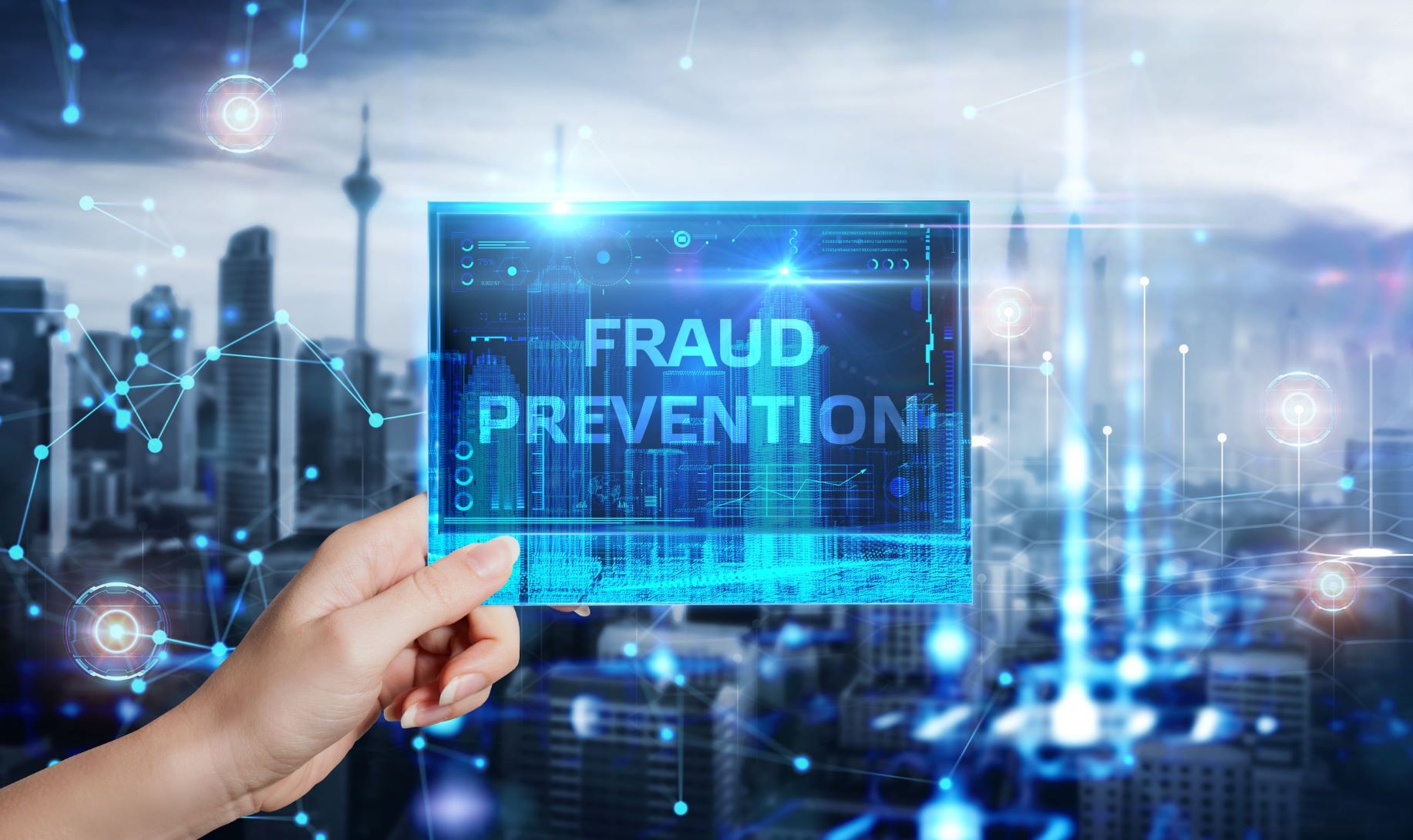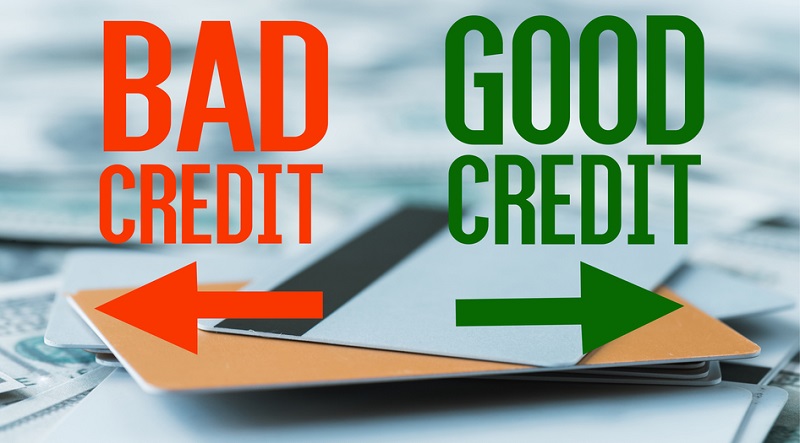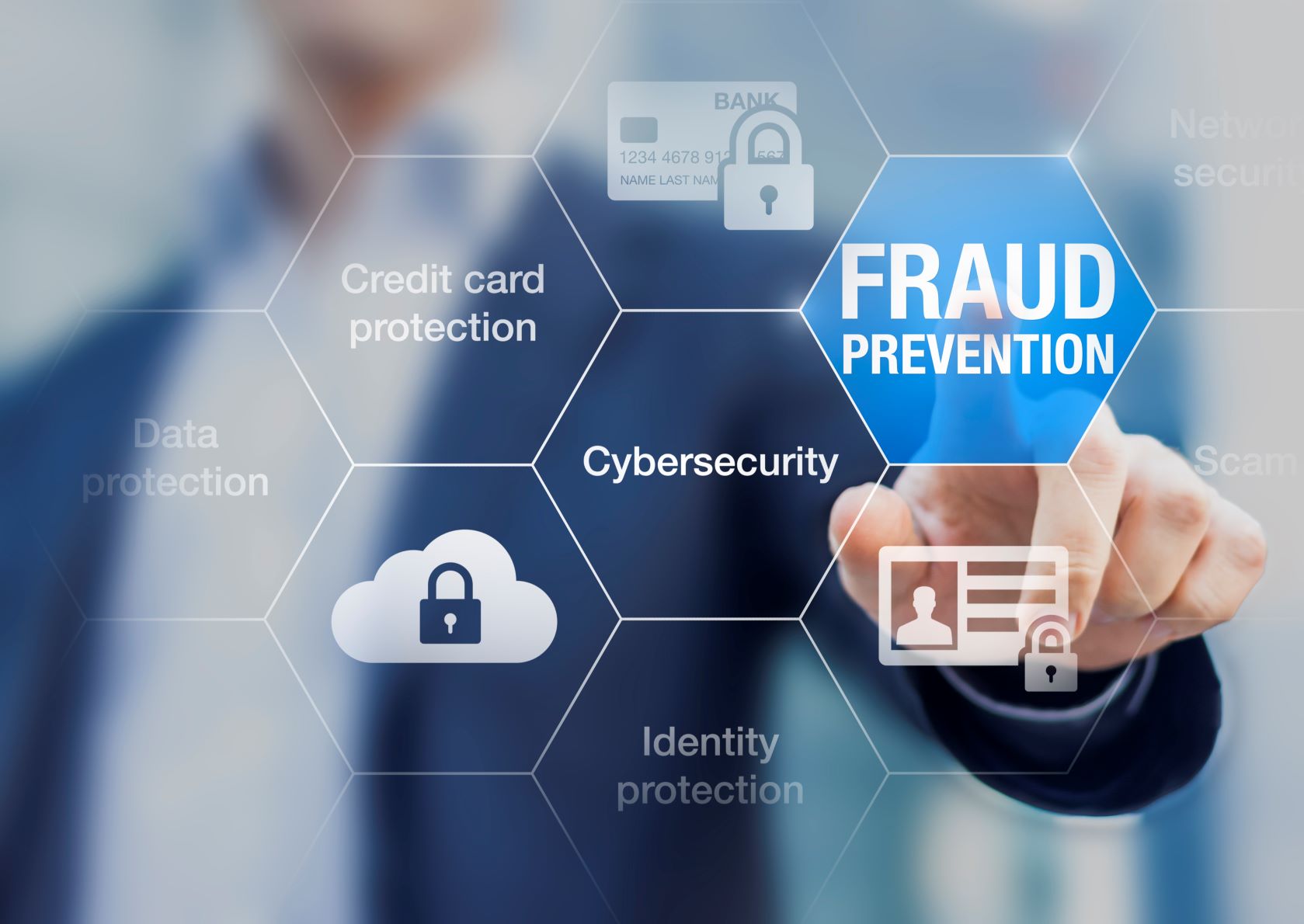- Home
- Repair 101
How to Start Repairing Credit. Getting Started With Credit Repair!
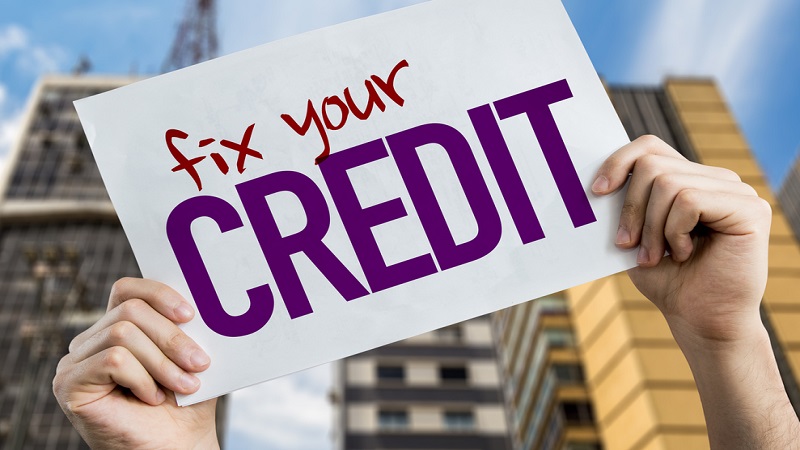
Need to improve your credit? Find out the truth about how to start repairing credit the right way.
You may wonder what credit repair is and does it work to improve your score. Any action taken to remove or improve negative marks on a credit report is an act of credit repair.
If your credit score is lower than you would like or your credit report contains information that doesn’t show your financial trustworthiness in the best light, you can benefit from credit repair.
There are many reasons that you may need credit repair, including:
- Identity theft or other fraudulent activities
- Poor financial decisions in the past
- Periods of financial distress in the past
- Inaccurate credit reporting
Notice that poor credit isn’t always the consumer’s fault. That means you don’t have to blame yourself or feel embarrassed by your need for credit repair. Even if you haven’t acted with the highest degree of financial integrity in the past, it isn’t too late to clean up the negative information and improve your credit score through well-chosen financial strategies. Learn how to start repairing credit today.
What is Credit Repair Able to Do For Your Score?
Your credit score directly reflects your credit report, so that report is where you should focus if your concern is your score. Everything you do in the financial realm can have an impact on that score and on your ability to secure your dream job, buy that new car, or invest in real estate.
Credit repair can help elevate your financial standing whether your current score is poor, fair, good, or excellent. Everyone can benefit, and the path to success is always individual.
How Does Credit Repair Work?
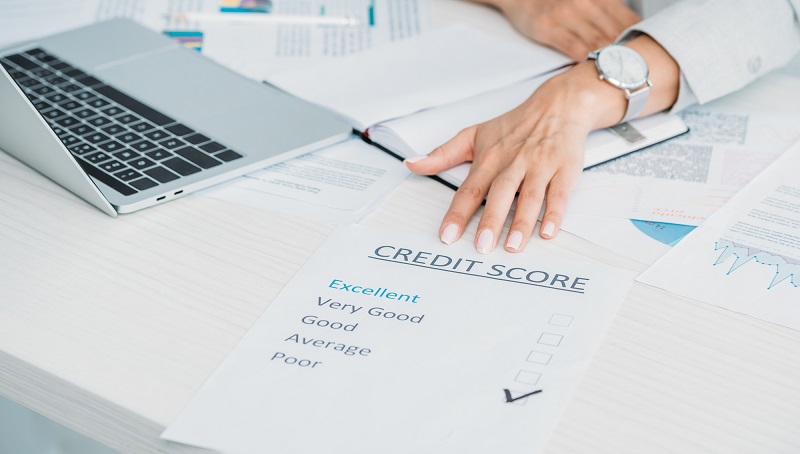
Credit repair is an individual practice. The actions taken to clean up your credit will depend on the specific problems encountered with your credit report.
How to start repairing credit and improve your score in 3 easy steps:
1. Identity, dispute, and remove incorrect or incomplete information.
You have the right to dispute anything on your credit report that isn’t accurate. That includes debt that does not belong to you or that you previously repaid, addresses that are not somewhat connected to you, or active accounts that are not yours.
Getting negative strikes against your credit removed is a fast way to improve your credit reputation and boost your credit score. The tricky part is knowing what you can legally dispute and how to do it successfully.
2. Correct credit report damage that resulted from identity theft or other fraudulent misuses.
If your identity was stolen or wrongfully used, you may have a variety of credit report entries that aren’t the result of your activities. Getting that information removed is possible, but it can take some time and a lot of effort.
It’s worth taking the time because bad credit can harm your quality of life, even if you weren’t the one to cause the problem.
3. Correct legitimate negative credit report entries by working with creditors and changing behaviors.
If you have poor credit because you haven’t taken the most responsible approach to using credit in the past, you may not have the option to dispute the negative marks and watch them disappear.
You may need to identify the behaviors that have caused your poor credit and adopt healthier financial practices that will gradually correct the damage.
You may also have the option of contacting some of your creditors to clear up negative marks on your credit report faster. For instance, a credit card company may extend a settlement offer to clear old debt without paying it off in full.
You may also need to start making on-time payments for active credit cards or catch up on those past-due loans. Getting student loans back in good standing may also help.
Learn How to Start Repairing Credit Today!
Your credit report should serve as an accurate glimpse of your financial responsibility. If you haven’t been so responsible in the past, that doesn’t mean you have to accept a less than stellar report.
The sooner you start learning how to start repairing credit and implementing better financial practices, the faster you can clean up your credit report and watch your credit score soar.
You can’t do that without looking at your credit report from all three credit bureaus. Seeing what’s in your credit report is always the first step to credit repair, and you can obtain a free copy of your credit reports each year by going to annualcreditreport.com.
If it’s been a while since you looked at your full credit report, we encourage you to now get your free credit reports. Learn how to start repairing credit now. First, you will have to provide some personal information, including your name, address, and social security number. You will need to answer a few security questions to verify your identity. You can then instantly view, save, and print your reports.
Why do you need a credit report from three different bureaus?
Because the information recorded by each credit bureau may vary, some financial institutions only report to one or two of the bureaus while others report to all three.
You may choose to review your free credit reports at different times of the year as a checkup in the future, and us a good daily credit score monitoring service. Still, your goal is to see what’s on your credit report to clear the negatives—viewing all three reports for a complete picture of your current financial reputation.
I was wondering how to start repairing credit now? Where do you go from here?
Free 5-Day - Start Repairing Credit Challenge - Do It Yourself - Including A Live Expert Question & Answer Session.

Related Articles:
- 7 Smart Ways To Rebuild Credit Like A Pro
- Learn How To Rebuild Poor Credit, Today!
- Frequently Asked Credit Repair Questions and Answers
- Annual Credit Report Credit Score Vs. Credit Report: The Difference?
- How to Repair Your Credit Score If You Have No Money
- How to Repair Bad Credit Using Utility Bills
- Interpreting Your Annual Credit Report and Score
- Credit Repair Secrets - The Myths to Stop Believing Now
- Is Credit Repair Legit? What Can They Really Do For Me?
- FICO vs Credit Score: Understanding The Difference
- Best Personal Credit Repair Software Options!
- Help Raise My Credit Score: 7 Top Options That Work!
